What is minimum support price? Factors and challenges under MSP
The Minimum Support price is a form of Government intervention or interference in agricultural activities conducted or decided by the farmers. Under Minimum Support Price, the government tends to decide on a minimum price for certain crops which they are buying from the farmers.
The Government tends to announce the Minimum Support Price at the beginning of the sowing season for a certain number of crops based on recommendations from the Commission for Agricultural Costs and Prices (CACP)
One more policy objective is served by the MSPs. By using them, the government encourages the growth of specific crops, preventing a shortage of India's main grains.
Typically, MSPs establish the standard for agricultural prices for substitute crops as well as the commodities for which they are announced.
How Minimum Support Price has been introduced?
The Minimum Support Price was launched or introduced in India in the mid-sixties when India was in food deficit. The government was eager to increase domestic production using green revolution technologies, but it soon became clear that farmers wouldn't plant wheat or paddy kinds that required significant inputs unless a minimum price was guaranteed. In 1966–1967, the MSP for wheat was first set at Rs. 54 per quintal.
How does the higher authority decide the Minimum Support Price?
The Union government names the MSPs, hence that decision belongs to the government. But the Commission on Agricultural Costs and Prices' recommendations are what the government relies on most when making decisions (CACP).
What is the Minimum Selling price introduced or the need for MSP?
India's farmers produce a variety of agricultural products all year long, including paddy (rice) in the Kharif season (when sowing occurs in June and harvesting occurs in November) and wheat in the rabi season (in which sowing happens in November and harvesting in March). Farmers typically sell their vegetables in the market. But what if market prices are too low to fairly compensate farmers?
This sometimes occurs if there is a bumper crop that year or if the price of a specific commodity is relatively low on the worldwide market (and as such imports are very cheap). India's farmers would find it difficult to make ends meet in such a situation. In addition to their problems, if farmers stop cultivating due to low prices, it could jeopardize the nation's food security.
Understanding the Minimum Support Price has a particular area of calculation which makes it appear a more realistic and important concept to keep a note of.
tg_quick_links
The MSP is the rate at which the government purchases the crops from the farmers, and it is determined over the calculation of at least one and a half times the cost of production incurred by the farmers.
According to the Union Budget for 2018–19, MSP would remain at levels of 1.5 times the cost of production.
The Commission for Agricultural Costs and Prices (CACP), a statutory authority that submits separate studies recommending prices for the Kharif and rabi seasons, makes recommendations that are used to determine the MSP twice a year.
Factors recommending the MSP
When recommending the MSP for a product, the CACP considers several criteria, including the cost of cultivation.
It considers the commodity's supply and demand dynamics, domestic and international market price trends, parity concerning other crops, repercussions for consumers (inflation), the environment (soil and water consumption), and trade agreements between the agricultural and non-agricultural sectors.
Challenges faced under Minimum Support Price
-
Except for wheat and rice, which the Food Corporation of India actively purchases under the PDS, the main issue with the MSP is a lack of government equipment for the procurement of all crops.
-
Farmers in states where the government purchases all the last mile grain reap greater benefits, whereas those in states where the government purchases less grain are frequently impacted.
-
The MSP-based procurement system also relies on intermediaries, commission agents, and APMC representatives, all of whom are difficult for smaller farmers to access.
-
Problems with disposal: Unlike Niger seed, sesame, or safflower, which cannot be distributed through the public distribution system, cereals and pulses can.
-
Increased procurement costs would result in higher food grain prices, which would eventually have an impact on the poor.
-
If the MSP is greater than the going pricing on the international market, it would also influence India's agricultural exports. 11% of all commodity exports are comprised of farm products.
-
Demands from other sectors: Farmers growing fruits and vegetables, spices, and other crops will seek the same if the Centre passes legislation guaranteeing 100 percent procurement in all 23 crops where MSP is announced.
Quick Links
Crops covered under MSP are as follows
-
Seven types of cereals paddy, wheat, maize, bajra, jowar, ragi, and barley
-
Five types of pulses chana, arhur, urad, moong, and Masur
-
Seven oilseeds rapeseed, groundnut, soya bean, sunflower, sesamum, safflower, etc.
-
Four commercial crops are cotton, sugarcane, copra, raw jute
Types of production costs taken into consideration for MSP
The CACP projects three kinds of production costs for every crop, both at the state and all-India average levels.
-
‘A2’: Covers all paid-out costs directly incurred by the farmer in cash and kind on seeds, fertilizers, pesticides, hired labor, leased-in land, fuel, irrigation, etc.
-
‘A2+FL’: Includes A2 plus an imputed value of unpaid family labor.
-
‘C2’: Includes ‘A2+FL’ along with revenues forgone on owned land (rent) and fixed capital assets (interest).
The MSP serves another purpose too. By using them, the government encourages the growth of specific crops, preventing a shortage of India's main grains. Typically, MSPs establish the standard for agricultural prices for substitute crops as well as the commodities for which they are announced.
कैटेगरी
और ब्लॉग पढ़ें
FADA Sales report for June 2022 is out, and we can say that unlike a recent couple of years, this year’s June has been a relief for the tractor industry. It is known that covid-19 had taken a...
Tractors play an important role in increasing the efficiency and productivity of any agricultural business. But getting the right horsepower tractor based on your farm needs is quite difficult to decide. Many farmers face difficulty in deciding which horsepower tractor should...
An Agricultural Baler is an essential agricultural implement used to compress a cut and raked crop into compact or suitable sizes. When used as a tractor attachment, a baler turns agricultural leftovers, such as hay and flax straws, into bales.
We can...
इसके बारे में अपनी टिप्पणी लिखें What is minimum support price? Factors and challenges under MSP
.webp&w=1920&q=75)
ट्रैक्टर और कृषि से जुड़े सबसे अधिक खोजे जाने वाले ब्लॉग्स
18 Dec 2025
18 Dec 2025
29 Jul 2025
08 Sep 2025
03 Jul 2025
30 Jul 2025
30 Jul 2025
30 Jul 2025
29 Jul 2025
30 Jul 2025
29 Sep 2025
31 Jul 2025
18 Dec 2025
31 Jul 2025








.jpg&w=2048&q=75)









.jpg&w=1200&q=75)


.webp&w=2048&q=75)
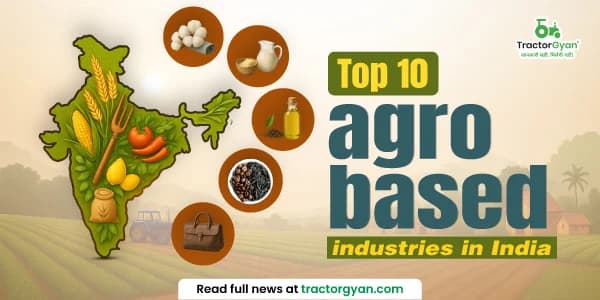
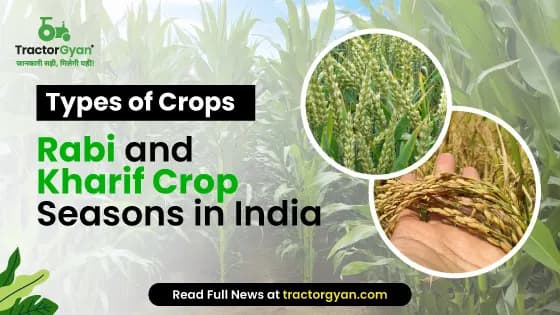


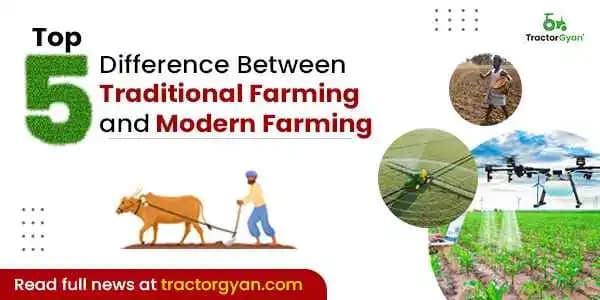
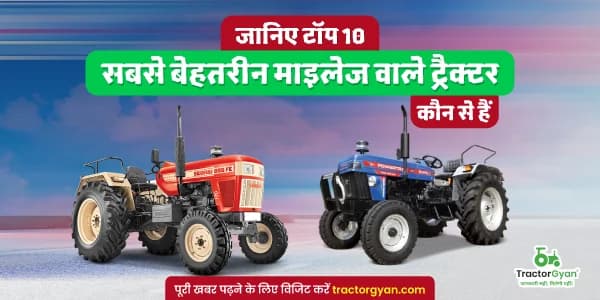
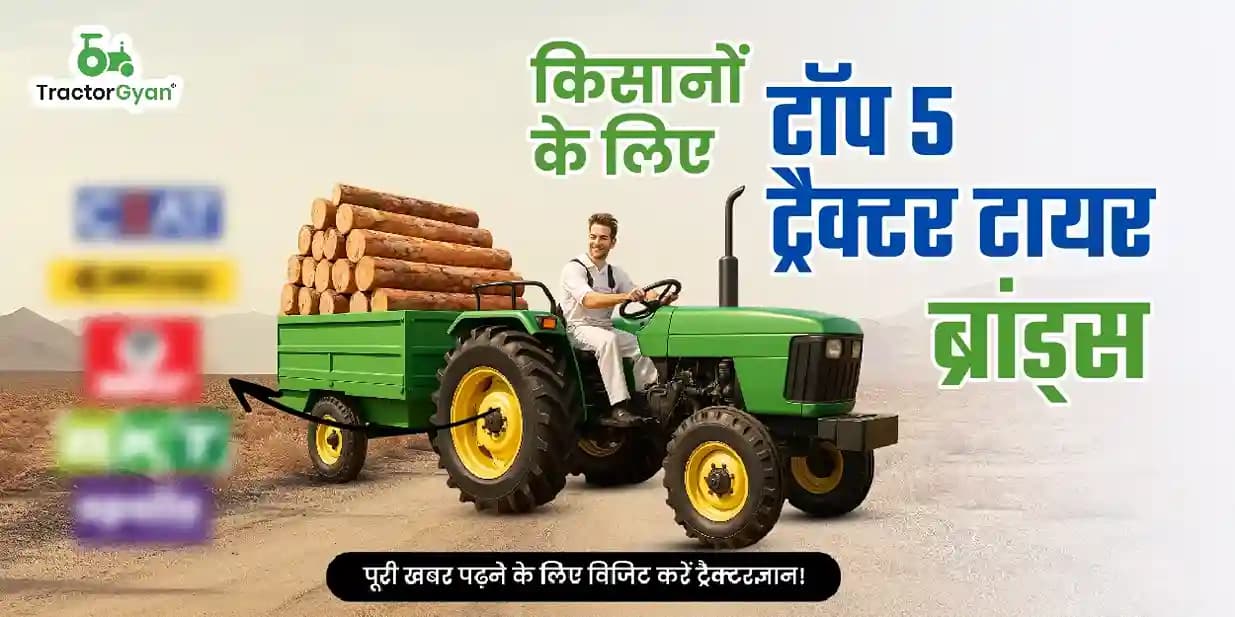
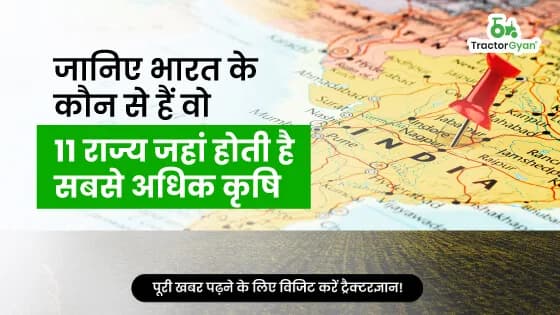
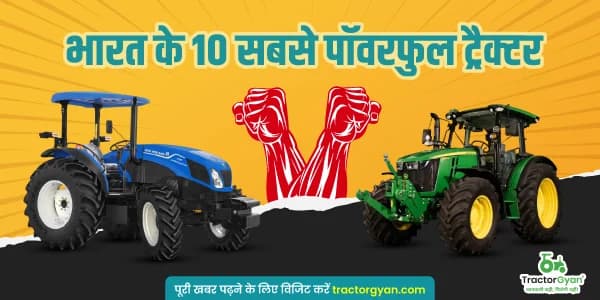
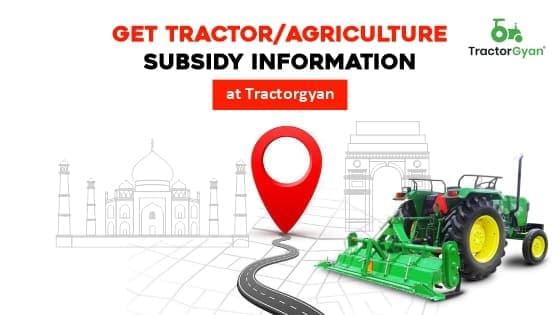
.webp&w=2048&q=75)
.webp&w=2048&q=75)





















